Barndominiums — the hybrid of “barn” and “condominium” — are rapidly becoming one of the most exciting trends in affordable rural living. Originally popularised in North America, these modern steel or timber-framed homes are now gaining attention across the UK and Europe for their affordability, energy efficiency, and rustic charm.
However, cost-conscious construction can sometimes come at the expense of health and safety. Budget builds that neglect ventilation, insulation, or fire protection can lead to condensation, mould, poor indoor air quality, and even structural instability.
Building a barndominium on a budget isn’t about cutting corners; it’s about making informed trade-offs — spending where safety and performance matter most, while saving smartly on non-critical elements.
This guide explores how to plan, build, and maintain a barndominium that’s both affordable and compliant with UK and EU safety regulations, including fire protection, insulation, ventilation, and structural integrity.
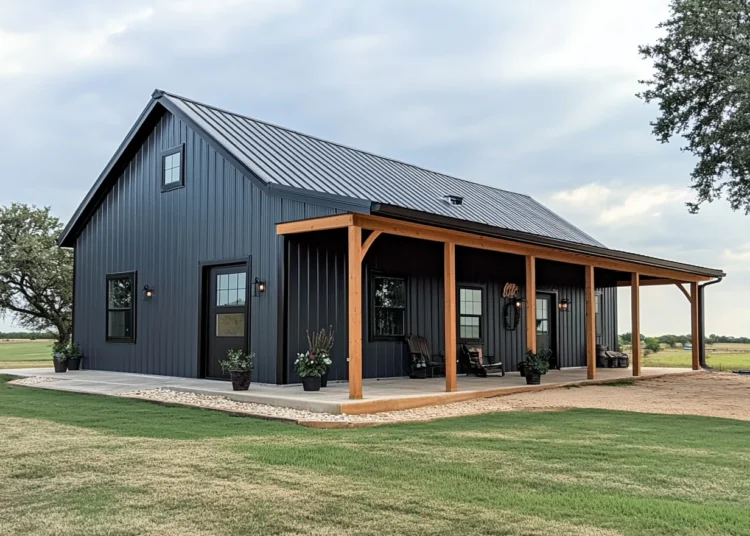
1. Planning and Building Regulations: Start Right
Every successful project begins with compliance. In the UK, all barndominium-type builds must meet the Building Regulations 2010 and BS EN Eurocodes for structural design. In the EU, equivalent national building codes based on Eurocode standards apply.
Key considerations:
-
Obtain planning permission if converting an agricultural barn into a dwelling (under the UK’s Class Q or equivalent EU rural development rules).
-
Ensure structural designs are certified by a chartered structural engineer under Eurocode 3 (steel) or Eurocode 5 (timber).
-
Verify that all materials are CE or UKCA marked, ensuring they meet safety and performance standards.
Budget tip: Early consultation with a building control officer or local authority can prevent costly delays later. A simple, rectangular design reduces engineering costs and speeds up approvals.




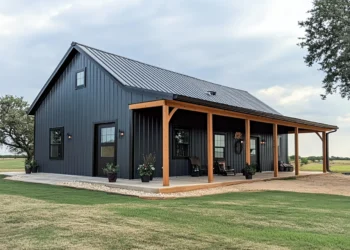




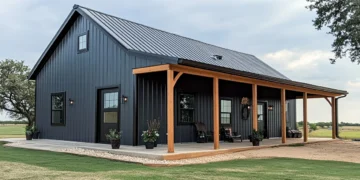


















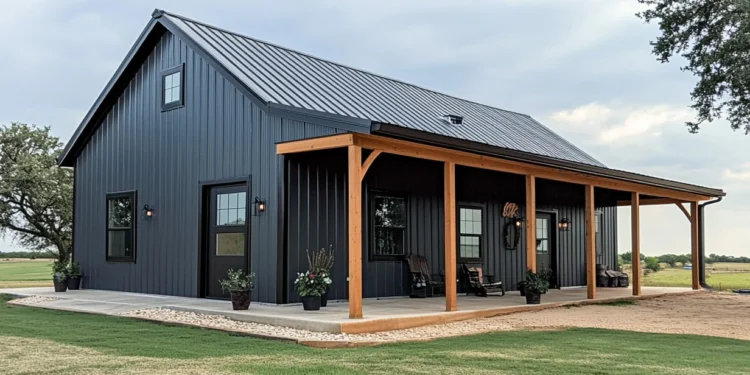
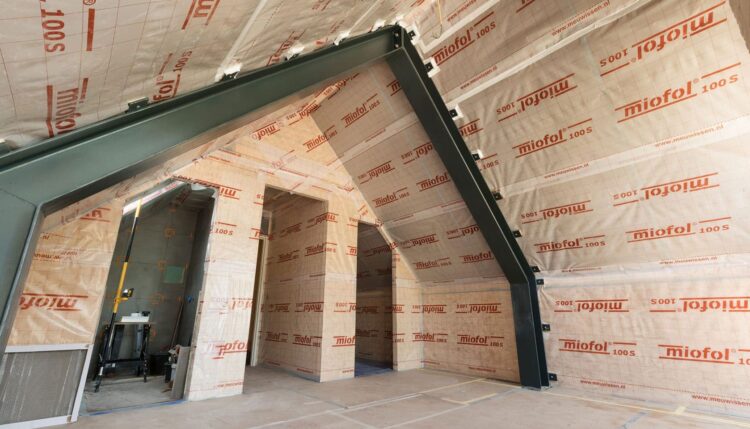
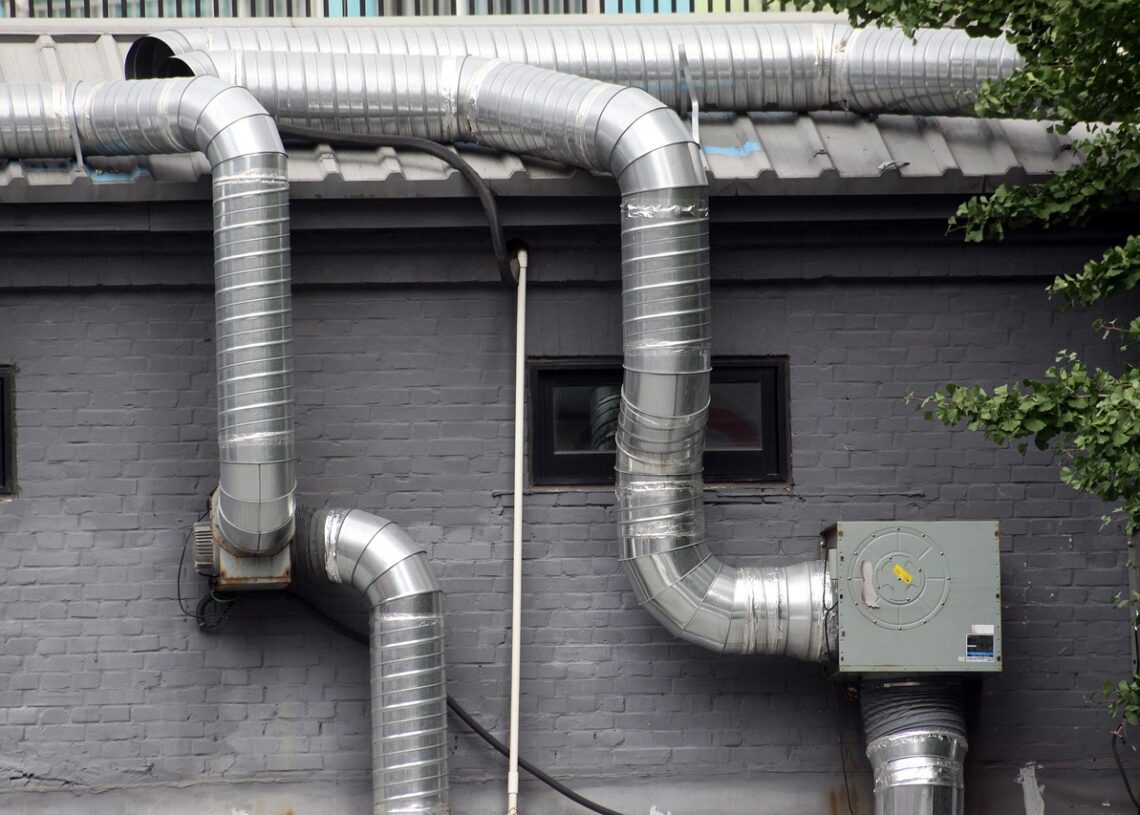
 5. Fire Safety in Metal and Timber Structures
5. Fire Safety in Metal and Timber Structures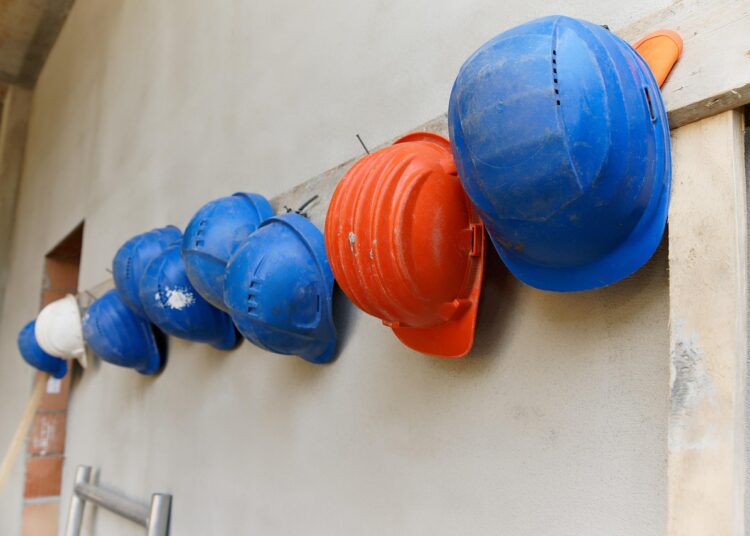
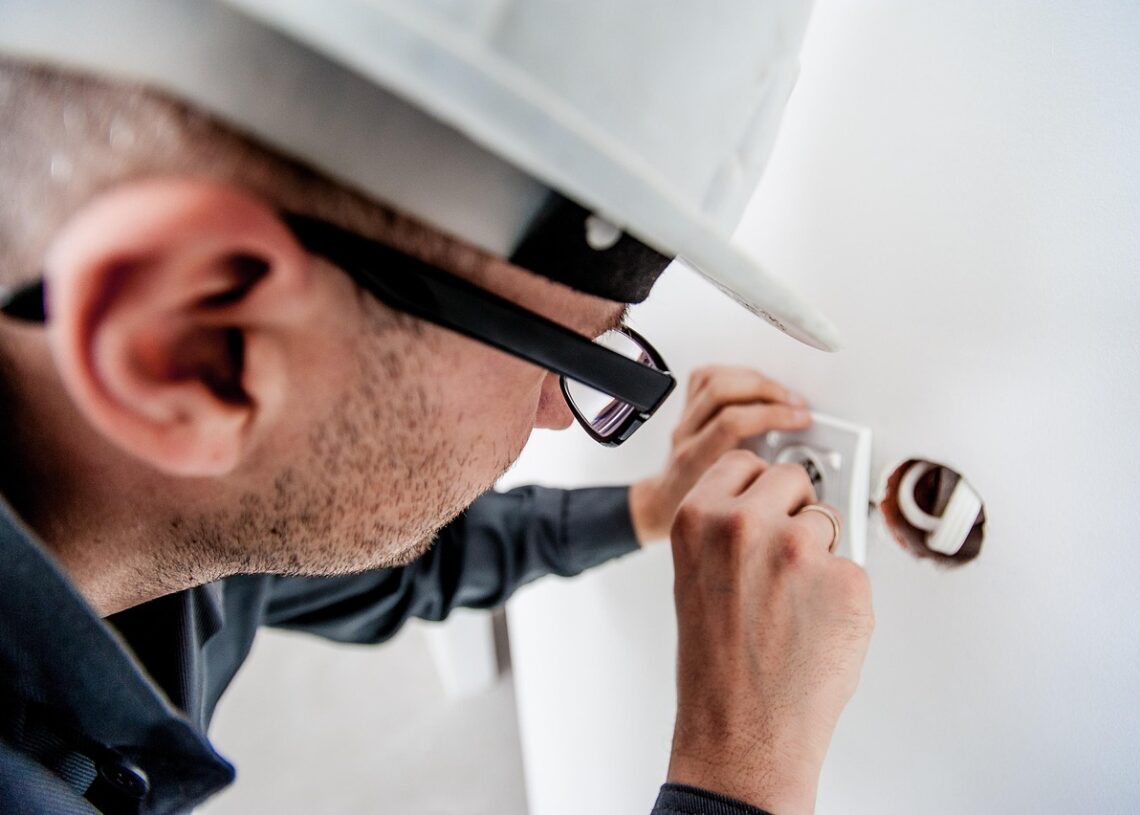 Even a well-built barndominium needs ongoing maintenance to remain healthy and safe.
Even a well-built barndominium needs ongoing maintenance to remain healthy and safe.


Discussion about this post